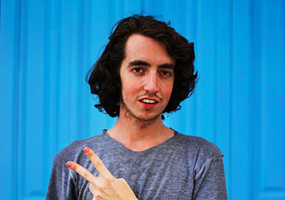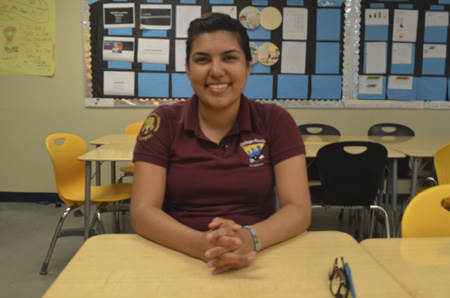The Republic of Nicaragua is the largest country in Central America, bordering Honduras and Costa Rica. The country is slightly smaller in size than the state of New York but has a population of about 5.9 million, or a little over twice that of Los Angeles. It is also listed by the World Bank, as the second-poorest nation in the region
The Happy Planet Index ranks Nicaragua as #11 and the United States at #114. Taking into account life satisfaction, life expectancy, and the ecological footprint, The Pulsera Project says that this means Nicaraguans attain happier lives without consuming an excess of natural resources.
As in education systems in other Central American countries, Nicaraguan children wear school uniforms and must pay school fees to cover basic school supplies, according to the Foundation for Sustainable Development . The children attend school in shifts, such as the morning, afternoon, or evening, because many children must work to contribute to their family’s income.
Though the Library of Congress states that the legal working age in Nicaragua is 14 years old, many youths begin working when they are much younger because their families need the income.
Only basic subjects are offered because of the lack of adequate facilities, such as money for sports equipment, musical instruments and science and computer technologies.
Under the Sandinistas, a national liberation group that ended a 46 year dictatorship in 1979, education was a priority in uniting the nation. The Foundation for Sustainable Development says the Sandinistas conducted a national literacy campaign, which resulted in improvements in distribution of textbooks, revision of the curriculum, and the implementation of new teaching methods. However, a shift in government spending from education to defense in the late 1980s hindered much of the educational effort.
In 1990, a new party called the United Nicaraguan Opposition, was elected. The Foundation for Sustainable Development reports their main goals were to change the school curriculum and textbooks and to make schools independent. All old textbooks were removed and shredded or burned.
The books were replaced from $12.2 million of funding from the United States Agency for International Development, says The Foundation for Sustainable Development. Nicaragua imported over seven million textbooks.
Schools there may be free of cost to attend, but in reality, they are not completely free of cost. The majority of children complete primary school only. The Pulsera Project has found that 22 out of every 100 Nicaraguans are illiterate.
The government pays for teacher’s salaries, which were raised by 9% in February 2015. The Foundation for Sustainable Development says the children have to pay for their books, materials, and sometimes cleaning supplies. Note, the children themselves also clean the schools. Frequently these fees force parents to keep their children from attending schools because the money is needed for the family. The children’s time is also needed for work to earn money for the family.
UNICEF reports that one out of every five children does not attend elementary school and three out of five high school age students don’t attend school.
The Foundation for Sustainable Development explains the school fees in relation to everyday expenses. A family that has four children would have to pay 40 córdobas (about $1.50) in secondary school fees. Though it seems like nothing to someone living in the United States, those fees can easily be almost half of a family’s income in Nicaragua.
Volunteer organizations such as La Esperanza Granada, La Carita Feliz, and Si A La Vida work to assist as much as they can in the Nicaraguan school system. By tutoring, organizing extracurricular activities and initiating creative projects, they hope that by widening the creative scope of schools’ curriculum, students will acquire skills that will enhance their likelihood of avoiding poverty.






